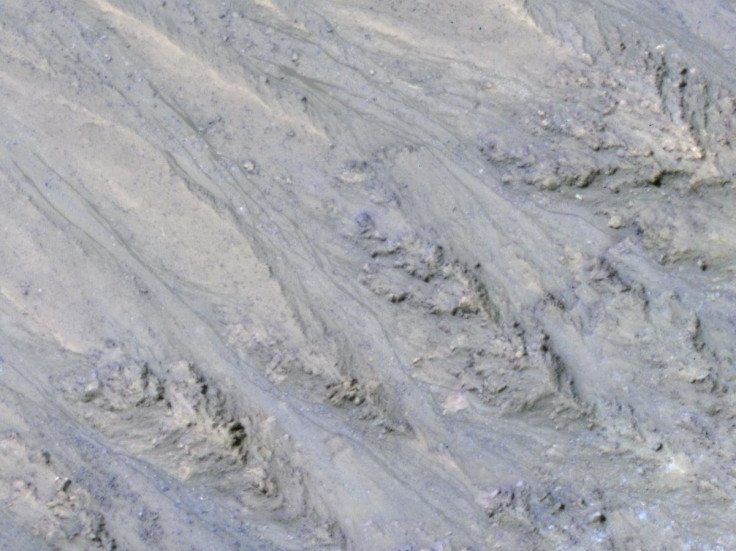Mars' dark streaks likely to have been caused by sand, not water
New study suggests Mars' dark streaks likely to be a result of sand, not water

The dark streaks on Mars, which were considered as evidence of liquid water flows under the surface of the Red Planet, could be a result of avalanches of sand or dust.
The streaks, technically dubbed Recurring Slope Lineae (RSL), are mostly found on rocky slopes in the dark regions of Mars.
Initially, it was thought that water seeps closer to the surface during warmer seasons, forming these features. They also contain perchlorates or molecules that maintain water's liquid form at different temperatures.
However, the latest study, published in Nature Geoscience, counters the presence of flowing water under these markers.
After analysing over 100 RSL features across 10 sites, USGS scientists posit that the behaviour of the streaks corresponded more with the movement of sand or dust, rather than water flows. They found streaks appearing only on those slopes that are steep enough for the dry grains of sand and dust to flow downward.
The team found that RSL occur on slopes steeper than 27 degrees, and the flow ends on reaching an "angle of repose" where dry sand accumulates and forms a lump, something which is commonly seen on dunes on Earth.
The researchers discovered these after observations using the Mars Reconnaissance Orbiter's High-Resolution Imaging Science Experiment (HiRISE) camera.
"We've thought of RSL as possible liquid water flows, but the slopes are more like what we expect for dry sand," said USGS scientist and lead author Colin Dundas. "This new understanding of RSL supports other evidence that shows that Mars today is very dry".
But this does not mean researchers have completely ruled out water. It still remains unclear how these streaks form, grow and reappear in warm seasons, but the presence of perchlorates suggests that water may have some role to play. It could be limited to traces of dissolved moisture from the atmosphere and thin films of water.





















